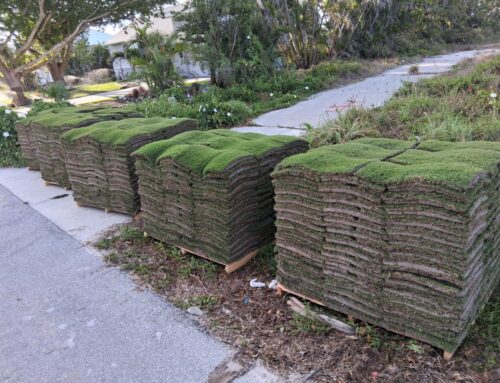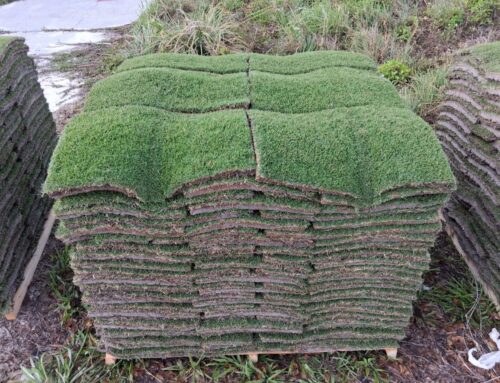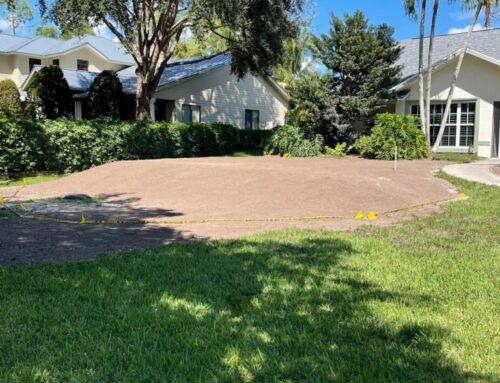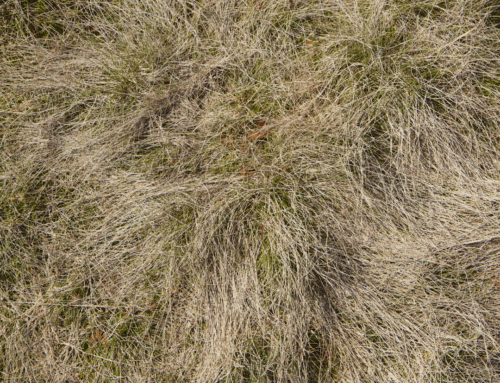Sandy soil is common in Southwest Florida, and while it offers excellent drainage, it also presents unique challenges when installing sod. Water and nutrients pass through quickly, which can stress young roots if not appropriately managed. Here’s how to prepare sandy soil so your sod has the best chance to establish and flourish.
Step 1: Clear the Area
Remove all debris, weeds, and old grass. If replacing an existing lawn, use a sod cutter or shovel to eliminate remnants down to the root level.
Step 2: Loosen the Soil
Sandy soil often becomes compacted over time. Use a rototiller or garden fork to loosen the top 4–6 inches. This improves root penetration and water absorption.
Step 3: Add Organic Matter
This step is crucial. Mix in compost, peat moss, or aged manure to improve nutrient retention and moisture-holding capacity. A 2-inch layer tilled into the topsoil makes a big difference in the sod’s ability to root.
Step 4: Grade the Surface
Ensure the area is graded slightly away from buildings to prevent water pooling. Use a landscaping rake to smooth the surface and eliminate bumps or dips.
Step 5: Apply Starter Fertilizer
Use a fertilizer designed for new sod with balanced nitrogen, phosphorus, and potassium (such as 10-10-10). This boosts early root development. Be sure to water it in before laying sod.
Step 6: Water the Soil Before Laying Sod
Lightly water the prepared soil so it’s moist—not soggy—just before installation. This helps the sod root quickly and prevents drying out.
Step 7: Lay the Sod Immediately
Install sod within 24 hours of delivery, staggering seams and pressing down to remove air pockets. Use a lawn roller to ensure solid soil contact.
Aftercare Tips for Sandy Soil Sod
- Water frequently: Sandy soil dries fast, especially in hot Florida sun. Water lightly 2–3 times per day for the first week.
- Topdress annually: Apply compost or organic matter once or twice a year to improve long-term soil health.
- Fertilize more often: Sandy soils lose nutrients quickly. Regular fertilization keeps your lawn green and growing.
With the right preparation, even the sandiest soil in Southwest Florida can support a thick, healthy sod lawn that adds beauty and value to your property.







